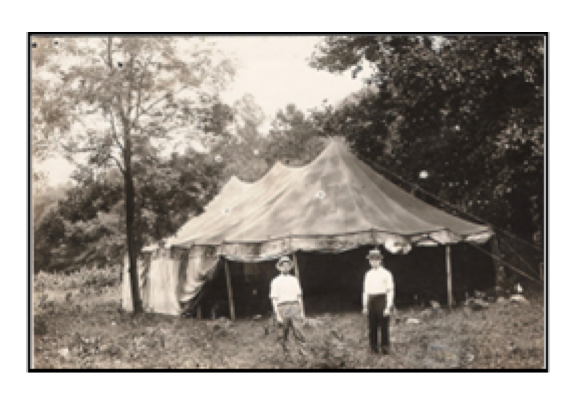The Baptist Movement
Baptist Believers emerged from the ‘State’ church (Church of England) in the 17th Century because they believed that Christ, and not the reigning Monarch, was the Head of the Church. They held to 3 core beliefs that have gone on to shape Baptist Churches today:
1. The Bible (not church tradition or religious creed) is the guide in all matters of faith and doctrine.
2. The church should be made up of believers only – not all people born into a local parish.
3. The church should be governed by believers (“Priesthood of all Believers”), not by hierarchical figures like bishops.
The term “Baptist” was given by opponents to this new movement because of their practice of baptizing people by full immersion in water. It wasn’t until the 19th Century that Baptists accepted the use of the label to describe themselves.
Baptists became known as “non-conformists” or “dissenters” as they attempted to get back to a more Gospel-centered faith that focused on an individual’s need for personal salvation by grace through faith rather than being born into a “Christian State”. Throughout the 17th Century these pioneer Believers were persecuted for their beliefs, but they persisted and saw churches begin to grow. In 1792 a small group of Baptist church leaders formed the first Evangelical foreign mission organization – The Baptist Missionary Society – and sent William Carey, their first missionary, to India the following year. The BMS continues today under the name “BMS World Mission.” The 19th Century saw significant growth among Baptist churches in the UK as great preachers like Charles Haddon Spurgeon drew crowds in their thousands. Women were ordained in the Baptist church almost 100 years before the Church of England ordained women priest in 1994. Today, more than 100 million Christians worldwide would identify themselves as belonging to Baptist-style churches.

